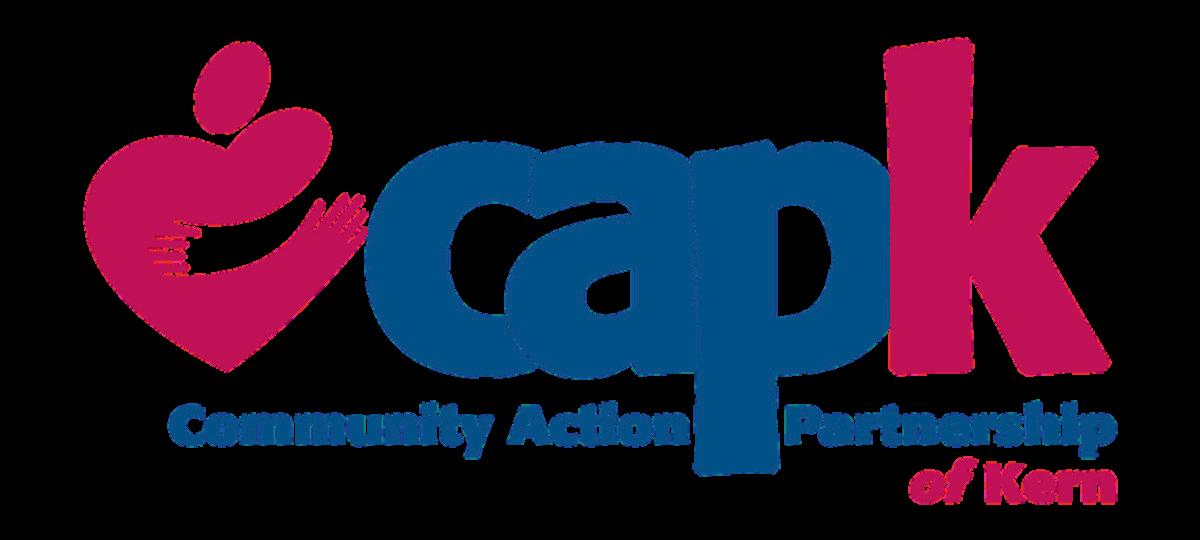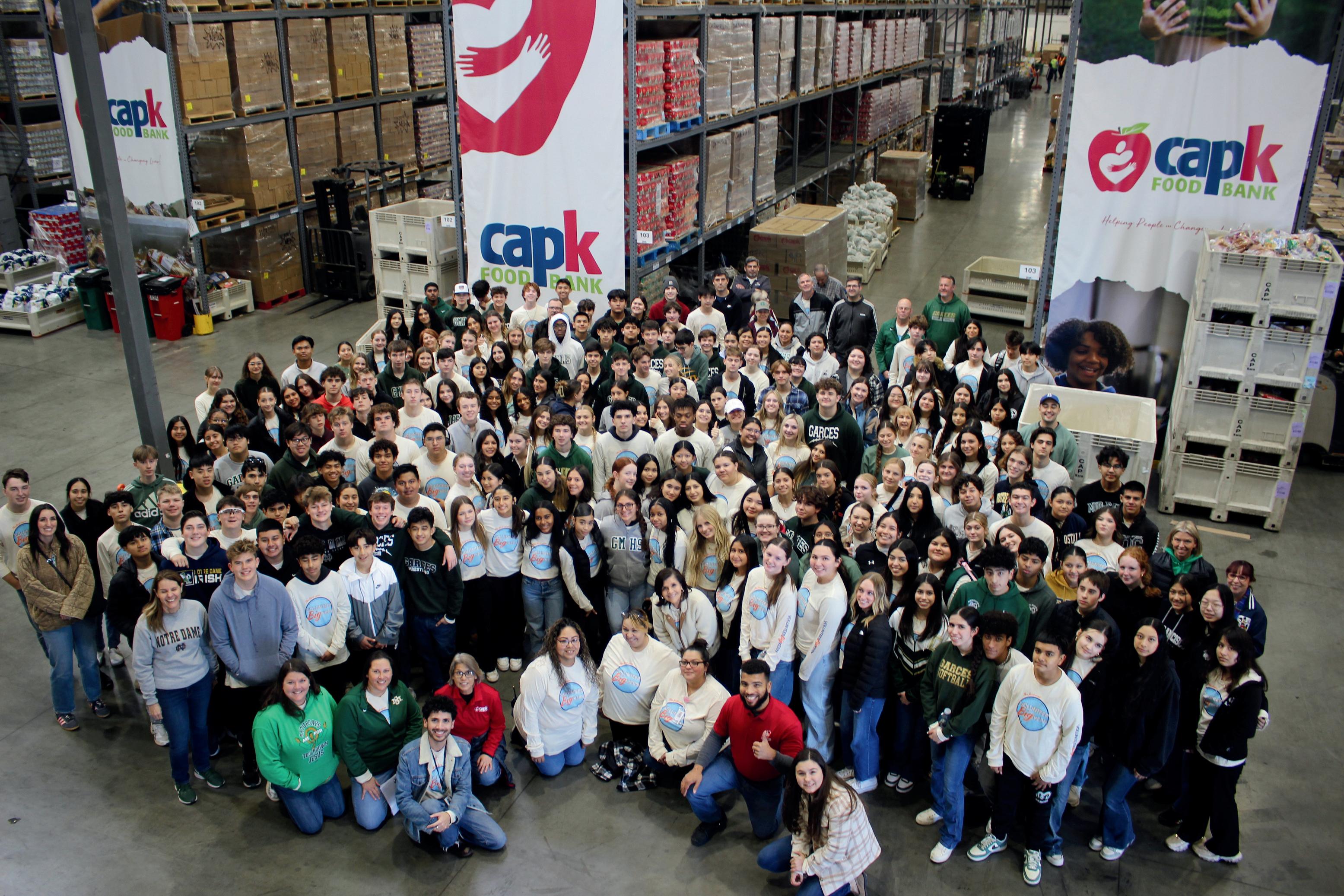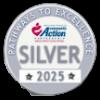

Planning Our Future Together
2026-2029 Strategic Plan



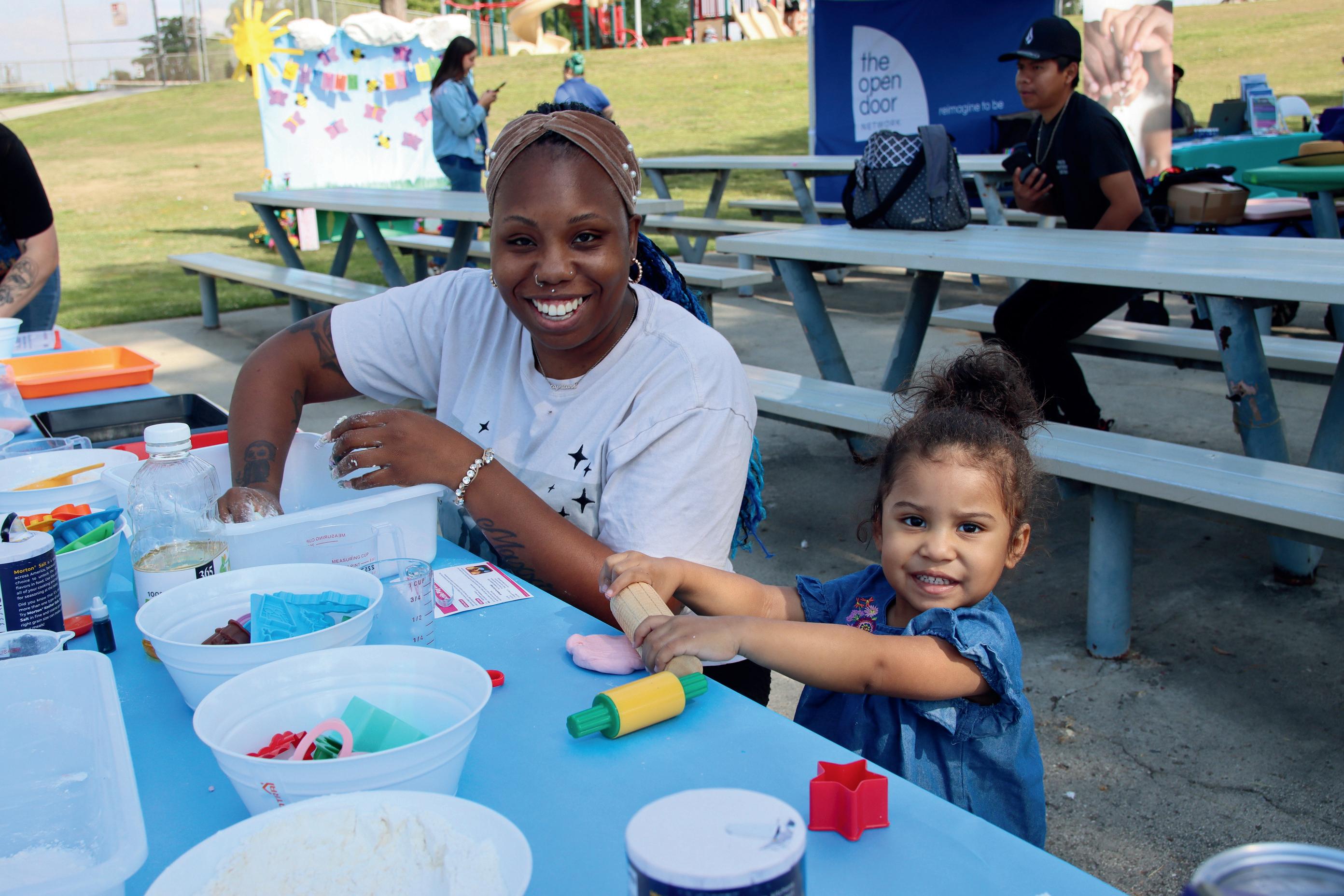
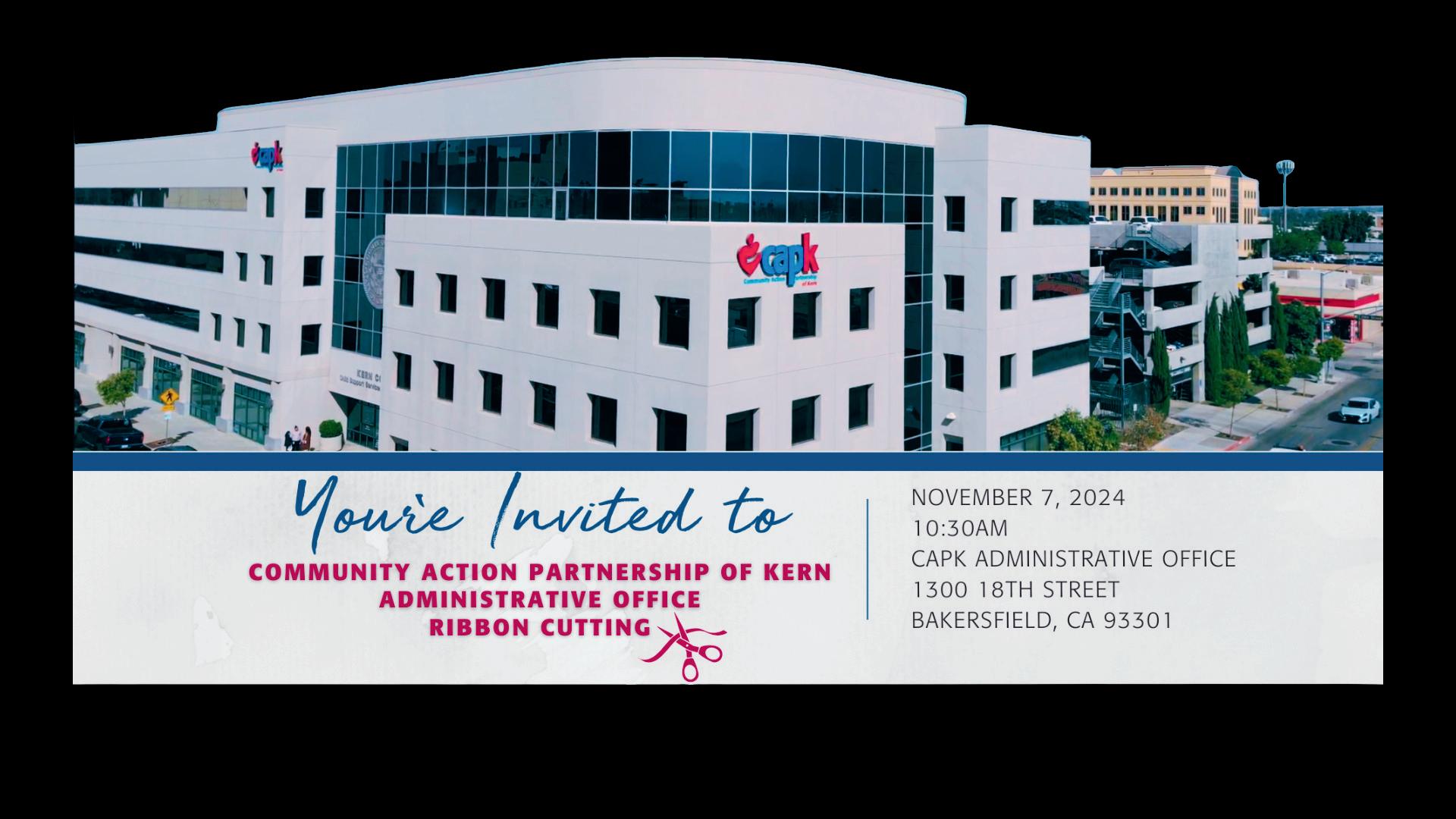

A Letter From Our CEO
At Community Action Partnership of Kern, our mission has always been to confront the conditions and causes of poverty with courage, compassion, and collaboration. With this strategic plan, we renew our commitment to build pathways out of poverty for the communities we serve.
This plan reflects the voices of our partners, staff, and, most importantly, those we serve. It sets clear priorities for the next four years, aligning our resources to make the greatest impact across Kern County and beyond. Whether through early childhood education, food access, housing, workforce development, or advocacy, we are deepening our roots and expanding our reach.
As we move forward, our work will be guided by a sharpened focus on measurable outcomes, operational excellence, and community trust. I am confident that, together, we will continue to meet challenges with innovation, strengthen our infrastructure, and deliver results that change lives.
Thank you for standing up with us. The future is ours to build together.

Jeremy T. Tobias Chief Executive Officer

Learning About Our History


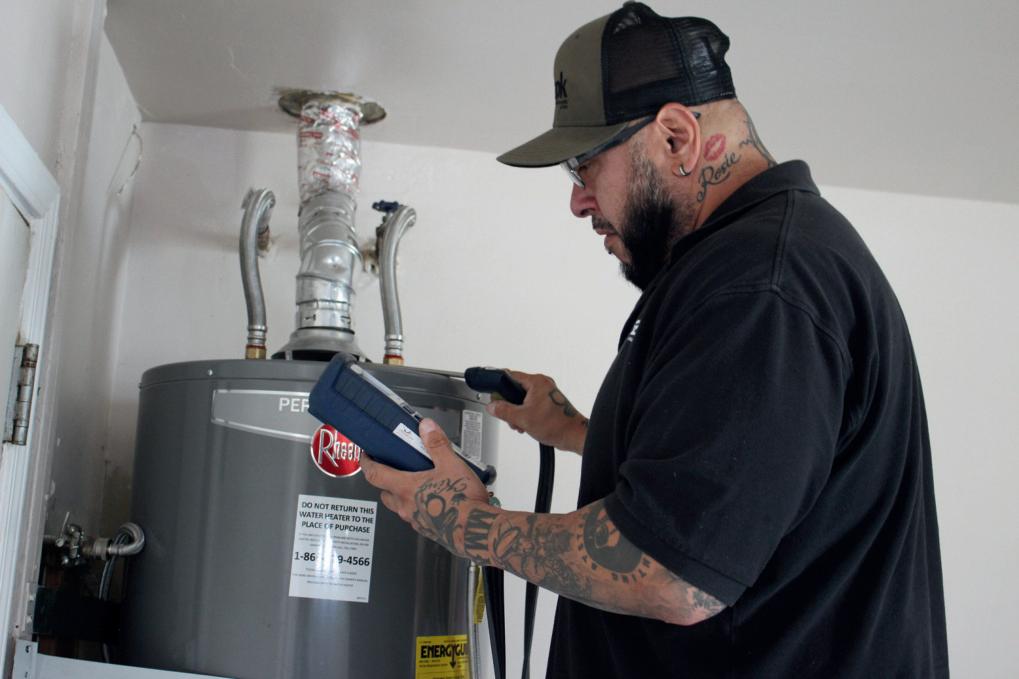
Since 1965, Community Action Partnership of Kern (CAPK) has been part of a national movement to fight poverty and expand opportunity. Founded under the Economic Opportunity Act of 1964, CAPK is one of more than 1,000 Community Action Agencies nationwide working to uplift low-income individuals and families.
As Kern County’s designated anti-poverty agency, CAPK serves over 136,000 individuals annually through a wide range of direct services, including food assistance, early childhood education, energy support, tax preparation, housing and homeless services, and youth programs. With the support of more than 1,000 employees and over 56,000 volunteer hours contributed last year, our agency is powered by the dedication of people who care deeply about community wellbeing.
We are guided by a 15-member Board of Directors that reflects the voices of public officials, private sector leaders, and residents from low-income communities, ensuring that our programs remain rooted in the needs and aspirations of those we serve.
Together, we work to build stronger, more resilient communities where everyone has the opportunity to thrive and become self-sufficient.
CAPK 2026-2029 Strategic Plan
Introducing Our Strategic Plan
We are delighted to unveil the 2026-2029 Community Action Partnership of Kern (CAPK) Strategic Plan, a comprehensive roadmap designed to build a brighter future in collaboration with our staff, partner organizations, and local communities. The six key areas we assessed were evaluated using an analysis tool called P.E.S.T.L.E. (Political, Economic, Social, Technological, Legal, and Environmental).
In developing this Strategic Plan, we have integrated the Results-Oriented Management and Accountability (ROMA) framework to ensure our goals are rooted in measurable outcomes and continuous improvement, as required for Community Services Block Grant (CSBG) recipients. This plan aligns with the CSBG Organizational Standards, particularly:
Standard 4.1–4.5, which govern the development and approval of the strategic plan;
Standard 6.1, ensuring that the plan reflects the findings of the Community Needs Assessment; and
Standard 9.3–9.4, emphasizing the use of data and performance management for ongoing evaluation and decision-making.
Additionally, the strategic priorities and objectives outlined in this plan support progress toward the CSBG National Performance Indicators (NPIs) and are categorized under the three ROMA Goals:
1.Individuals and Families with Low Incomes are Stable and Achieve Economic Security
2.Communities where People with Low Incomes Live are Healthy and Offer Economic Opportunity
3.Agencies Increase Their Capacity to Achieve Results
This alignment ensures that our strategic initiatives are not only community-driven and responsive to local needs but also positioned to meet federal accountability expectations. (See the Alignment Chart on Page 19.)
While this strategic plan provides a solid foundation, it marks only the beginning of an exciting journey over the next four years. Together, we will undertake many important tasks, and working together, we will turn these goals into impactful realities for the communities we serve.
CAPK 2026-2029 Strategic Plan

Strengthening Our Partnerships
We can not reach our vision and achieve all of our goals without strong collaboration from several partners. By working with other human service agencies and non-profits, we have been able to reach the most vulnerable and underserved communities across the region. Without these partnerships, it would be much harder to expand our services into rural areas where help is really needed.
Thanks to these collaborations, we’ve been able to help those in need pursue education, find and keep jobs, get stable housing, access healthcare, pay utility bills, weatherize their homes, fight hunger, find childcare and preschool, and take part in programs that promote personal and family growth. All of this helps our clients build independence and improve their lives.
Supporting Those We Serve
CAPK serves communities throughout Kern County and neighboring areas, including parts of San Bernardino and San Joaquin counties. Kern is home to a richly mixed population and a broad range of industries—from agriculture and oil to logistics, healthcare, and public services. While agriculture remains a key part of the region’s identity, many residents work across different sectors, contributing to the unique makeup of the communities we serve.
During our 2025 Community Assessment (CNA), we gathered insights from a variety of sources about the current needs of our community. Our clients, partners, and board members provided this feedback. Based on their input, here are the Top 5 Community Needs, listed in order of priority, for the stakeholders who responded.
These CNA collective priorities have resulted in some strategic recommendations, which are essential to our future vision, and they will create a positive impact on our community.
Prioritize food security programs.
Strengthen housing stability initiatives.
Expand financial relief efforts, including utility bill assistance.
Enhance mental health and substance abuse intervention partnerships.
Invest in job training and workforce development to improve employment opportunities.

2026-2029 Strategic Plan
CAPK
Creating A Strong Foundation
The strategic planning process takes a great deal of effort and reliable teamwork. It requires thoughtful people who understand how our programs and organization work together. We thank the 2026–2029 Strategic Planning Team for their dedication and creative ideas in helping us develop a shared vision through this plan.
Led by a committed planning team, we followed the Strategic Plan Model below, which served as our roadmap. This planning framework is based on four key steps: Discovery, Dream, Design, and Destiny. Here are the main ideas we focused on during each step:
looked at what is working well and how to keep it going.
in the future after assessing our gaps.
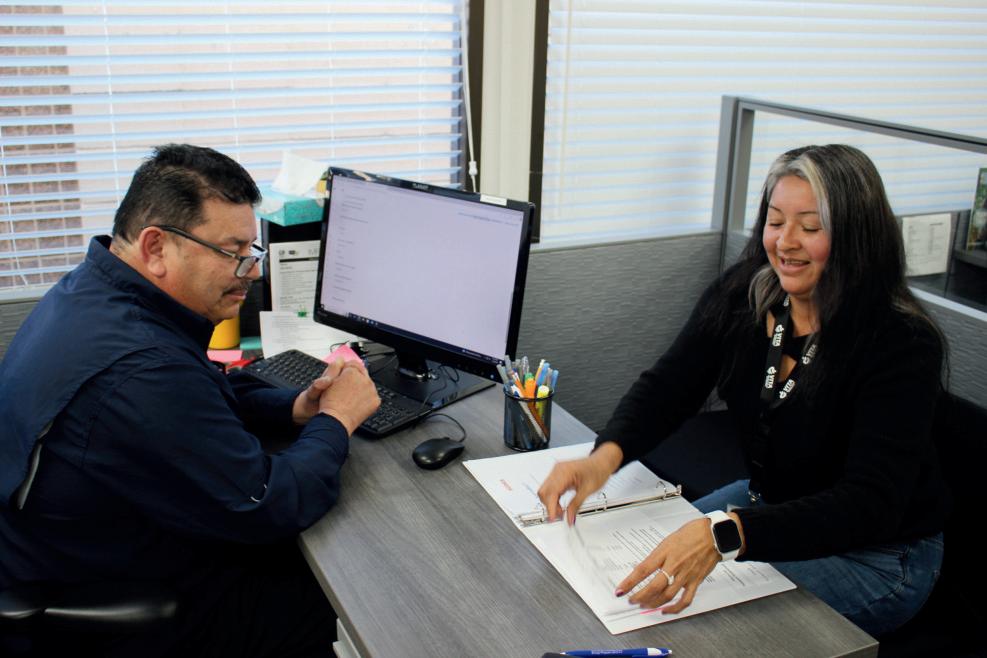
By exploring each of these steps, we have developed a comprehensive, longterm plan designed to create an even brighter future for CAPK, while strengthening opportunities for our staff, deepening partnerships, and enhancing the well-being of the communities we proudly serve.
Defining Our Mission, Vision, and Core Values
We have undertaken a comprehensive redefinition of our CAPK mission, vision, and core values, along with their definitions, to ensure they accurately reflect our renewed strategic direction.
This alignment is crucial as we move forward to sustain our growth and enhance our services. The updated statements, as shown below, serve as a clear compass, guiding our actions and decisions to achieve our shared goals effectively.
Our Mission
Our Vision
Community Action Partnership of Kern is committed to addressing poverty through direct services, advocacy, and locally driven solutions that promote dignity and self-sufficiency in the communities we serve.
Community Action Partnership of Kern will create resilient communities where every individual has opportunities to succeed and pursue their unique goals through the expansion and implementation of support services, partnerships, and resources.

CAPK 2026-2029 Strategic Plan
Our Core Values
Respect
We honor the dignity, compassion, and perspectives of our clients and staff while fostering a welcoming environment where the principles and experiences of all individuals are valued.
Collaboration
We transform the way you make an impact by working together, promoting open communication, and creating caring and supportive environments. We can achieve more collectively than we can individually.
Transparency
We foster authentic relationships, both internally and externally, through clear communication that demonstrates our commitment to fiscal integrity.
Servant Leadership
We provide guidance to others with compassion and genuine care to empower and serve them.
Continuous Improvement
We encourage constant growth and progress by embracing a mindset of learning, adaptability, and innovation through feedback from clients, partners, and data analytics.
Conducting A Gap Analysis
While focusing on long-term strategic planning, CAPK recognizes the critical need to address immediate operational gaps impacting daily decision-making and community service delivery.
We employed comprehensive assessments of internal and external factors affecting programs and services in our communities. These assessments included input from our Board of Directors, our staff, and external partners. A summary of these findings has guided our commitment to continuous improvement. Here is a highlight of our strengths:
Strong partnerships and relationships internally and externally
Fiscally sound with a good infrastructure
skilled workforce
While highlighting our strengths, we also acknowledge areas for improvement to maximize our operational efficiency. To strive for continuous improvement, we will initially focus on the following key areas: data collection and analysis, service level demands, and program fragmentation. These areas will be addressed through short- and long-term goals outlined in this strategic plan.
CAPK 2026-2029 Strategic Plan
Highly
To finalize our organizational gap analysis, we analyzed six critical areas, identifying key external challenges within each. By defining strategic priorities and setting goals, we will proactively address these gaps and strengthen our capacity to better serve our staff and community.
Political Impact
Changes in funding priorities (at all levels); new administration leading to sudden shifts; and sustainability of some programs and services.
Economic Impact
Poor economy leads to reduced funding; increased need for services; and potential for a cycle of strain.
Social Impact
Lack of trusted, centralized news, information, and reliable service providers, combined with persistent poverty stigma and ideological tensions, drives policy challenges and deepens community divisions.
Technological Impact
Limited staff access to updated equipment and lagging technology reduce competitiveness and effectiveness, especially in rural and disinvested communities. There's a need to future-proof technology to meet emerging needs and security risks.
Legal Impact
Proactively adapting to changing administrations, shifting regulations, and new laws to ensure compliance.
Environmental Impact
Building a resiliency center for emergencies, strengthening communities for environmental change (disaster preparedness, etc.)


Key Goals
1 Expand access to affordable housing and supportive services by investing in sustainable housing initiatives by April 2028.
2 Strengthen workforce development initiatives and empower individuals and families toward self-sufficiency by August 2029.
3
4
Support the health and well-being of clients by expanding access to essential holistic services through Enhanced Care Management (ECM) by August 2029.
Enhance the overall health and well-being of low-income households in our service areas by improving their nutritional knowledge and skills and strategically reducing food insecurity annually.
Some Anticipated Outcomes
Increased number of affordable, eco-friendly housing units
Reduced homelessness rates
Improved quality of life and stability for residents
Strengthened partnerships with local organizationsfor support
Enhanced community resilience and long-term economic stability

1 Establish Key Strategic Partnerships for vulnerable programs by August 2029.
2 Expand our services by developing strategic partnerships that enhance existing programs, increase community reach, and strengthen service delivery by June 2028.
3 Assess all agency partnerships on effectiveness, accountability, and return on investment by May 2027.
4 Increase our visibility by offering wraparound services to support individuals and families by July 2027.
Some Anticipated Outcomes
Improved service delivery
Increased funding opportunities
Increased community outreach and engagement
Improved program quality and effectiveness
Improved accountability and transparency
Strengthened community relationships and trust

fosters a strong workforce by August 2029.
Goal 2
Invest in attracting and retaining a high-quality and engaged workforce by August 2029.
Some Anticipated Outcomes
A well-informed, values-driven leadership pipeline
Improved employee engagement and satisfaction (high morale)
Seen as a leader in organizational excellence and community service
Reduced turnover rates and increased employee retention
Attraction of engaged and talented candidates
A positive workplace culture – desired place to work

Key Goals
Goal 1 Provide relevant data and tools for all programs to support datadriven decision making to improve operations by August 2029.
Goal 2
Goal 3
Enhance financial management by leveraging data analytics to improve resource allocation, grant or contract performance, and funding strategies by December 2026.
Optimize decision-making and service coordination by improving digital reporting and interagency data-sharing capabilities by August 2029.
Some Anticipated Outcomes
Enhanced decision-making quality
Increased operational efficiency
Improved funding strategies
Greater transparency and accountability
Improved program performance
Implementing Our Strategic Plan
To ensure successful implementation of this plan across CAPK and active engagement from all stakeholders, we have developed a series of steps to guide effective execution. These steps incorporate stakeholder communication (both internal and external), employee development, change leadership, and intentional culture management. Below are key expectations for each of these steps.
1. External Stakeholder Engagement
A concise presentation of our strategic priorities and goals will be shared with the Board of Directors, partners, and community members during meetings. The plan will also be accessible on website and promoted through selected social media channels to ensure broad awareness and transparency.
2. Internal Employee Communication
We will launch a comprehensive internal campaign to operationalize our new mission, vision, and core values, supported by collateral materials. These elements will be integrated into the onboarding process for new hires. Continuous updates will be delivered through established channels such as newsletters, staff meetings, and the intranet to keep employees informed and engaged.
3. Strategic Goals and Development Alignment
Opportunities for leadership and staff development will be provided to foster ownership and active participation in achieving our strategic objectives. Targeted training sessions and workshops will enhance engagement and individual performance. Additionally, informal coaching and mentoring will be available to support specific development needs.
4. Change Leadership and Management
Recognizing that new goals may encounter resistance, some senior leader will be designated as a “champion” for each of the five strategic priorities. These leaders will oversee implementation, coordinate with program and process owners, monitor progress, and regularly update the leadership team, ensuring a smooth transition and alignment across our organization.
5. Organizational Culture Integration
Opportunities for leadership and staff development will be provided to foster ownership and active participation in achieving our strategic objectives. Targeted training sessions and workshops will enhance engagement and individual performance. Additionally, informal coaching and mentoring will be available to support specific development needs.

Monitoring Our Process
As the famous quote says, “If you don’t know where you’re going, any road will get you there.” At CAPK, we have used this idea as our guide to create a strategic plan that we are proud of.
With this solid plan in place, we can track our progress and celebrate our successes. Like before, we will use technology to store our goals and update our progress regularly until they are completed. The system will be customized to match the key elements of our plan, supporting each goal and objective.
By setting clear deadlines and milestones, we will be able to generate regular reports that highlight our achievements and show where we need to focus more effort.
The overall strategic plan will be evaluated annually; however, we will make updates to the related action items whenever needed. These updates can be made immediately online or scheduled periodically, based on a timeline set by CAPK leadership.
Finding Additional Information
Over the coming years, your involvement in achieving our CAPK goals will be vital. Whether through program leadership, volunteering, partnerships, or supporting our initiatives, your contribution will help us realize the vision outlined in this plan. We look forward to "planning our future together."
We invite you to learn more about our journey and discover how you can get involved. Visit our website at www.capk.org and join us on this exciting path forward.
Aligning Our Strategic Priorities with Related Standards
CSBG National Performance Indicators (NIPs)
Strategic Priority A Community Investment
FNPI Employment, FNPI Housing, FNPI Health, and Social/ Behavioral Development (includes nutrition), and FNPI Services Supporting Multiple Domains
Strategic Priority B Partnerships
Strategic Priority C Culture
Strategic Priority B Partnerships
FNPI Civic Engagement and Community Involvement
CSBG Organizational Standards
Standards: 1.1, 1.3, 2.1, 2.2, 2.4, 4.2, and 4.3
Results-Oriented Management and Accountability (ROMA) Goal
Goal 1 (family), Goal 2 (community), Goal 3 (community), Goal 4 (agency), and Goal 6 (family)
Standards: 2.1, 2.2, 2.4, 2.5, 3.1, and 4.1
Goal 4 (agency)
Standards: 7.1, 7.2, 7.3, 7.9, 8.5, and 9.4
Standards: 1.2, 4.3, 6.4, 6.5, 6.2, 9.3, 9.4, and 9.6
Goal 5 (agency)
Goal 5 (agency)
